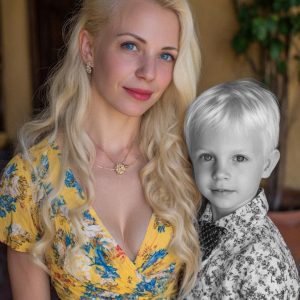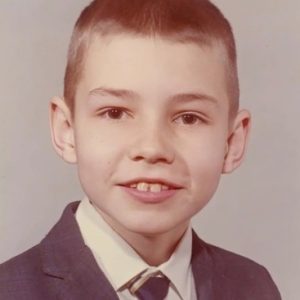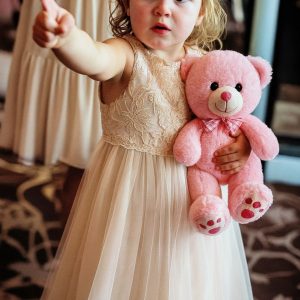A Moldovan doctor, Dr. Viktor Ivanovik, unintentionally ignited a major online debate when he shared a brief but arresting TikTok message about a ritual many families consider sacred: kissing a loved one goodbye after death. His video, delivered with firm simplicity, urged people to rethink a gesture often rooted in love, grief, and tradition. With nearly 300,000 followers, Ivanovik’s influence ensured the clip spread rapidly across social platforms, catching viewers off guard with its directness. For many, his warning touched not only on medical concerns but on deeply emotional customs that help shape how families process loss. The sudden virality of the video spoke to how universal and intimate such farewells are, and how unprepared many people were to consider them through a scientific lens.
In the video, Ivanovik issued a clear, emphatic message: “Never kiss the deceased!” He followed this command with an explanation rooted in the biology of death. According to him, roughly nine hours after a person passes away, the body begins to decompose, releasing bacteria that can be harmful to anyone who comes into close contact with it. While decomposition is a natural process, he emphasized that bacteria present on the skin and in bodily fluids can pose health risks when inhaled or transferred through intimate contact such as a kiss. He specifically cited the potential for such exposure to cause issues like the loss of smell, a claim that startled many viewers who had never considered that a final kiss might carry medical consequences. Ivanovik’s straightforward tone and scientific framing made the message sound less like fearmongering and more like a precaution people had simply never been taught.
The video sparked an immediate wave of reactions online, ranging from gratitude to disbelief to outright rejection. Many viewers acknowledged that they had never heard about any health risks associated with touching or kissing a deceased loved one, and some thanked the doctor for shedding light on a concern they felt should be more widely discussed. Others, however, pushed back forcefully, arguing that grief, love, and tradition supersede any hypothetical risk. The emotional weight of final moments with the deceased made the doctor’s warning feel, to some, almost intrusive or insensitive—even though it was medically grounded. As comments accumulated, the divide between medical caution and emotional instinct became one of the most prominent themes in the ongoing conversation.
One especially powerful comment that circulated widely came from someone who wrote, “I kissed my father and would do it a million times over! I can lose taste and smell—he is my father!” This response captured the emotional core of the debate: for many, the last moments with a parent, child, partner, or close relative are governed by grief, not logic. In those moments, physical closeness becomes a form of love and closure that transcends fear or caution. The commenter’s raw honesty revealed how deeply people value these rituals and how difficult it is to separate medical advice from emotional need. The willingness to embrace potential risk highlights how traditions at the end of life are far more than cultural habits—they are psychological anchors that help mourners endure the shock of loss.
Ivanovik’s message also drew attention to the tension between long-standing cultural practices and modern medical understanding. In many traditions around the world, touching, washing, or kissing the deceased is considered an essential sign of respect, a final act of devotion, or a spiritual necessity. These rituals hold profound meaning for grieving families, and altering or abandoning them can feel like a betrayal of heritage or love. The doctor’s warning, therefore, prompted deeper questions: Should medical advice override cultural custom? How should communities balance emotional rituals with scientific realities? And how can such discussions be approached without diminishing the personal and spiritual significance people place on their traditions? Many social media commenters emphasized the need to respect cultural diversity and to approach the topic with empathy rather than judgment.
While Ivanovik’s advice may not lead everyone to change their personal behaviors, it undeniably brought new awareness to a practice many never considered risky. For some, it was a reminder that even in the most emotionally charged moments, understanding potential health implications can be important. For others, it underscored the need to discuss such topics with compassion, recognizing that rituals surrounding death are intensely personal. Ultimately, his viral TikTok opened a broader conversation about how science, tradition, and emotion intersect during life’s most vulnerable moments. By raising these issues publicly, Ivanovik encouraged viewers to balance cultural sensitivity with medical awareness—urging mindfulness without dismissing the profound human need for connection in times of grief.





